Table of Contents
Introduction
Common seasonings for spaghetti include garlic, oregano, basil, black pepper, and red pepper flakes. These ingredients form the foundation of most spaghetti dishes, with variations based on the sauce type. For tomato-based sauces, oregano and basil are essential; for creamy sauces, nutmeg and black pepper work best. Here's a complete guide to choosing and using the right seasonings for perfect spaghetti every time.
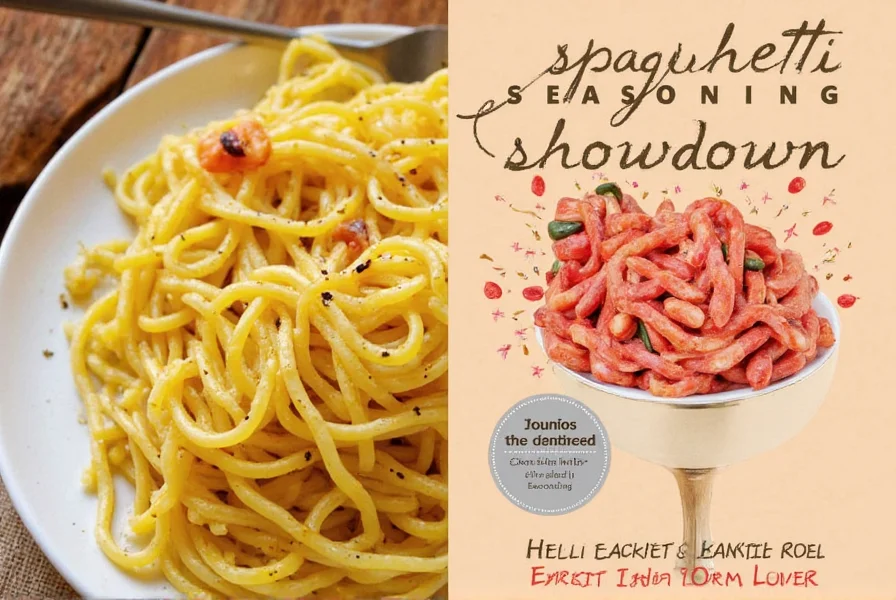
Common Seasonings for Spaghetti
For the perfect spaghetti dish, the right seasonings depend on the sauce type. Here are the essential ingredients for different spaghetti variations:
- Oregano: Essential for tomato-based sauces like marinara. Use 1-2 tsp dried per 4 servings. It adds earthy depth and balances tomato acidity.
- Basil: Best added fresh at the end for light sauces. Dried basil works for simmered sauces. Use 1 tsp dried or 1 tbsp fresh per 4 servings.
- Garlic: Minced garlic is key for most sauces. Use 2-3 cloves per 4 servings. Roasted garlic adds sweetness for creamy sauces.
- Black Pepper: Always include for balance. Use 1/4 tsp freshly ground per 4 servings. Enhances all other flavors.
- Red Pepper Flakes: Add heat to spicy sauces. Start with 1/8 tsp per 4 servings for mild heat.
- Parsley: Best as a garnish. Add 1 tbsp chopped fresh parsley at the end for freshness.
According to the Italian Culinary Institute, 'The foundation of authentic spaghetti is balancing these core seasonings to complement the sauce, not overpower it.' For creamy sauces like Alfredo, add a pinch of nutmeg for complexity.
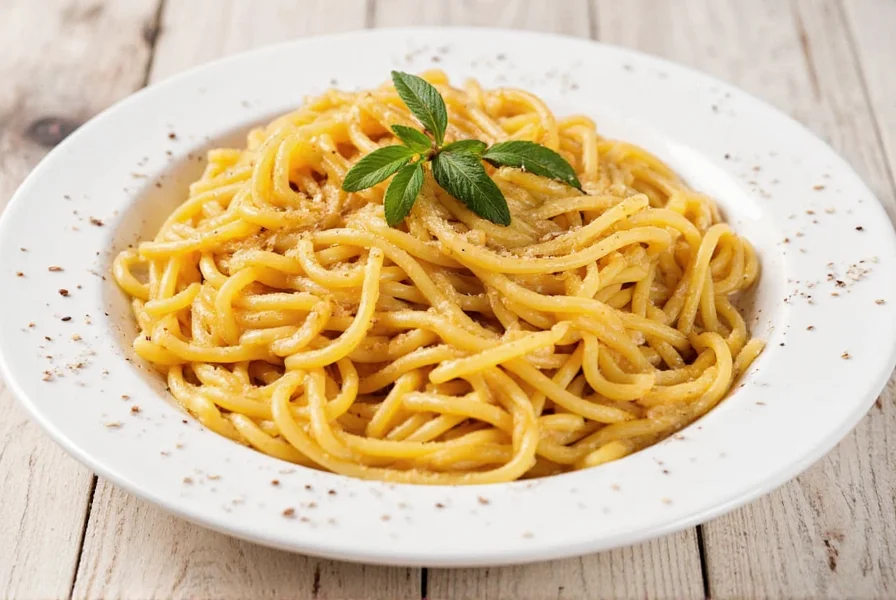
Spice Basics for Beginners
If you're new to spaghetti seasoning, focus on these five essential spices that work for most dishes. Here's a detailed comparison of their uses:
| Spice | Flavor Profile | Best Used With | Recommended Amount (per 4 servings) |
|---|---|---|---|
| Oregano | Earthy, slightly bitter | Tomato-based sauces | 1-2 tsp dried |
| Basil | Sweet, aromatic | Lighter sauces, pesto | 1 tsp dried or 1 tbsp fresh |
| Garlic | Pungent, savory | All types of sauces | 2-3 cloves minced |
| Parsley | Fresh, slightly peppery | Garnish, light dishes | 1 tbsp fresh chopped |
| Black Pepper | Sharp, pungent | All pasta dishes | 1/4 tsp freshly ground |
| Nutmeg | Warm, slightly sweet | Creamy sauces, cheese dishes | 1/8 tsp |
Remember: Always start with smaller amounts and adjust to taste. For tomato sauces, begin with garlic and oregano; for cream-based sauces, use garlic and nutmeg. Fresh herbs should be added at the end of cooking to preserve their flavor.

Buying Guide: Choosing the Right Seasoning
Quality matters when selecting seasonings for spaghetti. Here's what to look for:
1. Oregano (Dried)
Features: Choose dark green leaves with strong aroma. Avoid pale or dusty-looking oregano.
Advantages: Long shelf life (up to 2 years when stored properly). Best for simmered sauces.
Use Cases: Marinara, Bolognese, and meat sauces.
Pro Tip: Look for Mediterranean oregano (Origanum vulgare) for authentic flavor.
2. Fresh Basil
Features: Bright green leaves with no wilting or discoloration.
Advantages: Superior flavor compared to dried. Best for pesto and fresh sauces.
Use Cases: Caprese salads, tomato sauces, and cold pasta dishes.
Pro Tip: Store fresh basil in a glass of water like flowers to extend freshness.
3. Garlic Powder
Features: Fine, uniform powder with no lumps. Should smell strongly of garlic.
Advantages: Consistent flavor without chopping. Great for quick meals.
Use Cases: Meatball seasonings, creamy sauces, and baked pasta dishes.
Pro Tip: Choose garlic powder over garlic salt to control sodium levels.
4. Black Pepper
Features: Whole peppercorns are best. Grind fresh just before use.
Advantages: Freshly ground pepper has 3x more flavor than pre-ground.
Use Cases: All pasta dishes, especially creamy or cheese-based sauces.
Pro Tip: Keep peppercorns in a dark, cool place to preserve flavor.
5. Red Pepper Flakes
Features: Bright red color with consistent flake size. Avoid dusty or faded flakes.
Advantages: Adds controlled heat without overwhelming flavor.
Use Cases: Spicy tomato sauces, garlic butter noodles, and seafood pasta.
Pro Tip: Start with 1/8 tsp per serving and increase gradually to avoid overpowering heat.
Practical Tips for Using Seasoning in Spaghetti
Follow these professional techniques to maximize flavor:
- Season in layers: Add garlic and dried herbs at the beginning of cooking to infuse flavor. Add fresh herbs and black pepper at the end for brightness.
- Use salt wisely: Season pasta water generously (1-2 tbsp per gallon). This is your only chance to season the pasta itself.
- Balance flavors: If sauce is too acidic, add a pinch of sugar. If too salty, add a splash of cream or unsalted tomato sauce.
- Toast spices: For ground spices like cumin or coriander, toast in a dry pan for 30 seconds before adding to sauce.
- Taste and adjust: Always taste sauce after adding pasta and before serving. Adjust seasoning then.
According to chef Lidia Bastianich, 'The best spaghetti seasoning happens when you understand the sauce first. Tomato sauces need acidity balance, cream sauces need warmth, and simple garlic oil needs fresh herbs at the end.'
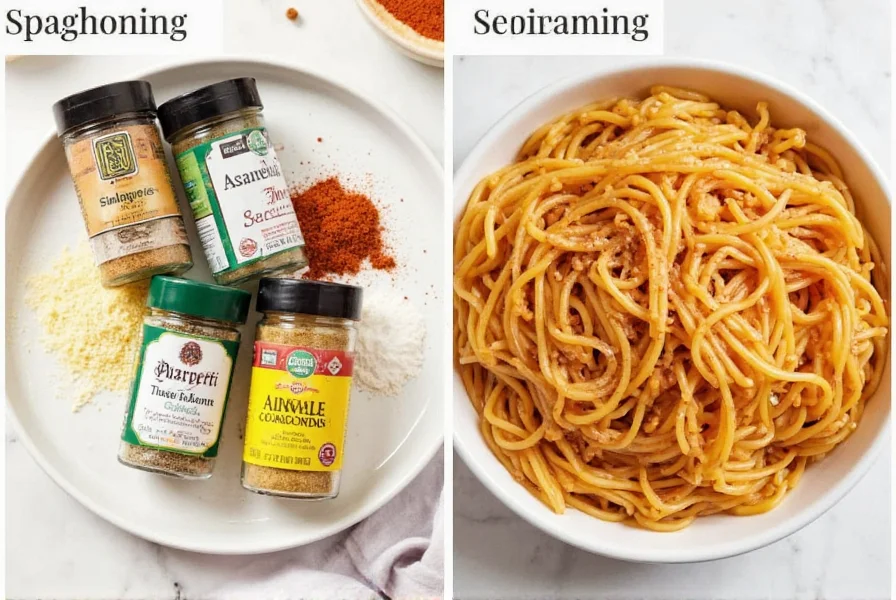
Frequently Asked Questions
What are the essential seasonings for spaghetti?
The essential seasonings for spaghetti include garlic, black pepper, oregano, and basil. For tomato-based sauces, oregano and basil are particularly important as they complement the acidity of tomatoes. Garlic adds depth, while black pepper provides a subtle heat that enhances all other flavors. Many traditional Italian recipes also include a pinch of red pepper flakes for complexity, even if not for noticeable heat.
Can I use dried herbs instead of fresh ones in spaghetti?
Yes, dried herbs work well in spaghetti, especially in cooked sauces. Dried oregano and basil actually have more concentrated flavor when simmered in sauces. As a general rule, use one-third the amount of dried herbs compared to fresh (since dried herbs are more potent). Add dried herbs early in the cooking process to allow their flavors to infuse the sauce, while fresh herbs are best added at the end for a brighter flavor.
How much seasoning should I add to spaghetti?
The amount depends on personal preference and the quantity you're cooking. As a starting point for a standard 16-ounce (1 pound) box of spaghetti serving 4 people: 2-3 cloves of minced garlic, 1 teaspoon dried oregano, 1/2 teaspoon dried basil, 1/4 teaspoon black pepper, and a pinch of red pepper flakes. Always season in layers - add some while cooking the sauce, then adjust after the pasta is combined. Remember: it's easier to add more seasoning than to fix an over-seasoned dish.
When should I add seasoning to my spaghetti sauce?
Timing matters for maximum flavor impact. Add dried herbs and garlic early in the cooking process (when sautéing onions or at the beginning of sauce simmering) to allow their flavors to develop. Add fresh herbs in the last few minutes of cooking to preserve their bright flavor. Salt should be added throughout the cooking process - a little when sautéing aromatics, more when the sauce is simmering, and a final adjustment after combining with pasta. Always taste and adjust seasoning just before serving.
What's the difference between oregano and basil in spaghetti?
Oregano has a stronger, more earthy and slightly bitter flavor that stands up well to long-cooking tomato sauces. It's essential in traditional marinara and meat sauces. Basil has a sweeter, more floral aroma that's delicate and can be lost with prolonged cooking. It's best added near the end of cooking or used fresh as a garnish. While oregano is more associated with Southern Italian cooking, basil is prominent in Northern Italian cuisine. Many authentic recipes use both for a balanced flavor profile.
Can I use other spices besides the traditional Italian ones?
Absolutely! While traditional Italian seasonings work beautifully, creative variations can include spices like fennel seed (great with sausage), a pinch of nutmeg (excellent with creamy sauces), smoked paprika (for depth in meat sauces), or even a dash of cinnamon in some tomato-based sauces for complexity. Just remember that non-traditional spices should complement, not overpower, the main ingredients. Start with small amounts (1/8 to 1/4 teaspoon) and taste as you go.
How do I fix spaghetti that's too salty?
If your spaghetti is too salty, there are several remedies: 1) Add more unsalted sauce or cooked pasta to dilute the saltiness; 2) Add a peeled potato to the sauce while simmering - it can absorb some salt (remove after 15-20 minutes); 3) Balance with acid (lemon juice or vinegar) or sweetness (a pinch of sugar); 4) Add starch by mixing in some reserved pasta water. Prevention is best - season in small increments and taste frequently. Remember that pasta water is salty, so account for this when seasoning your sauce.
Should I season the pasta water?
Yes, seasoning pasta water is crucial! Use about 1-2 tablespoons of salt per gallon of water. The pasta absorbs this seasoning as it cooks, which is your only chance to season the pasta itself. Underseasoned pasta water leads to bland pasta no matter how well-seasoned your sauce is. The water should taste like the sea - salty but not undrinkable. Don't add oil to the pasta water as it prevents sauce from adhering to the pasta.
Conclusion
Spaghetti is a versatile dish, and the right seasoning can transform it from ordinary to extraordinary. Whether you're using classic Italian herbs like oregano and basil or experimenting with bolder flavors like red pepper flakes, the choice is yours. The key is to understand what seasoning do you put in spaghetti and how it affects the final result.
By choosing the right seasonings, using them wisely, and experimenting with different combinations, you can create a spaghetti dish that truly stands out. So next time you're in the kitchen, ask yourself: what seasoning do you put in spaghetti? The answer could be the secret ingredient that turns your meal into a masterpiece.
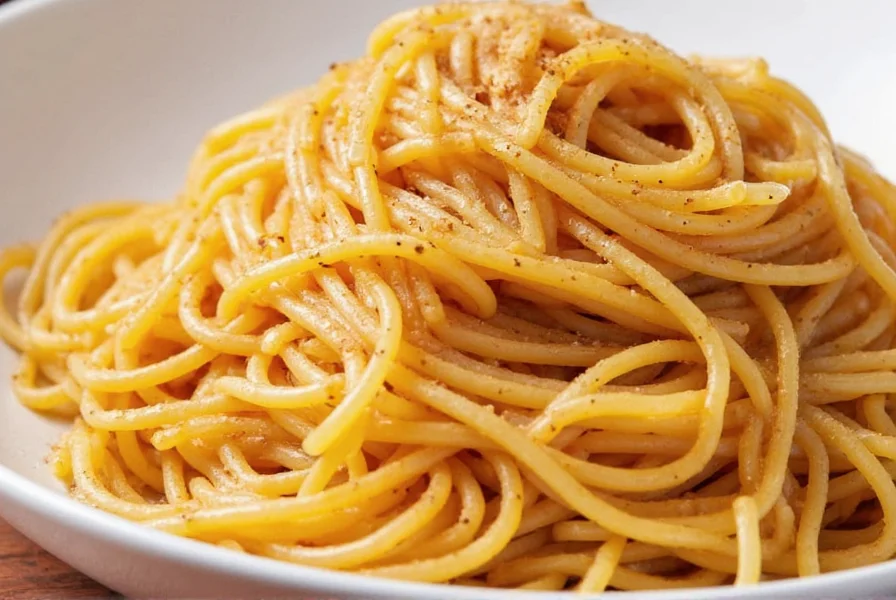

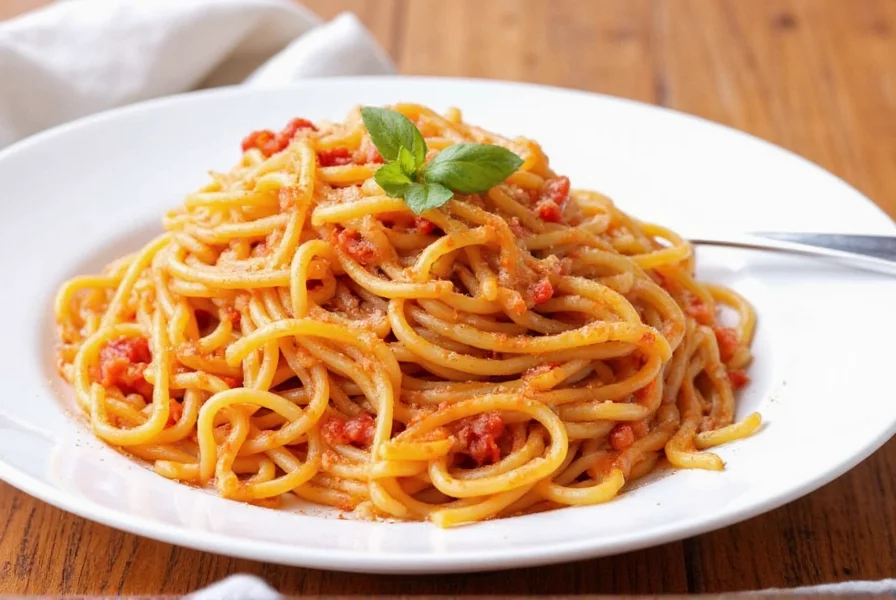









 浙公网安备
33010002000092号
浙公网安备
33010002000092号 浙B2-20120091-4
浙B2-20120091-4